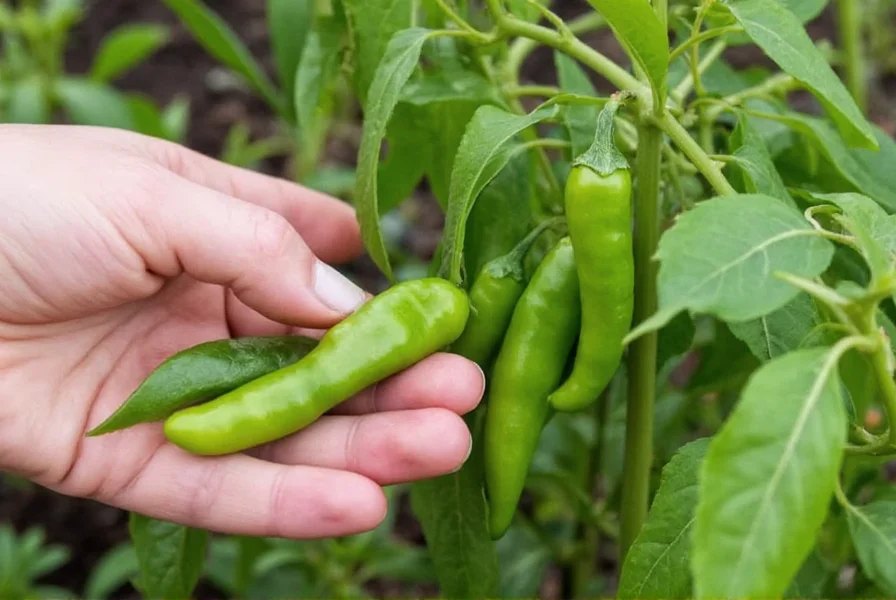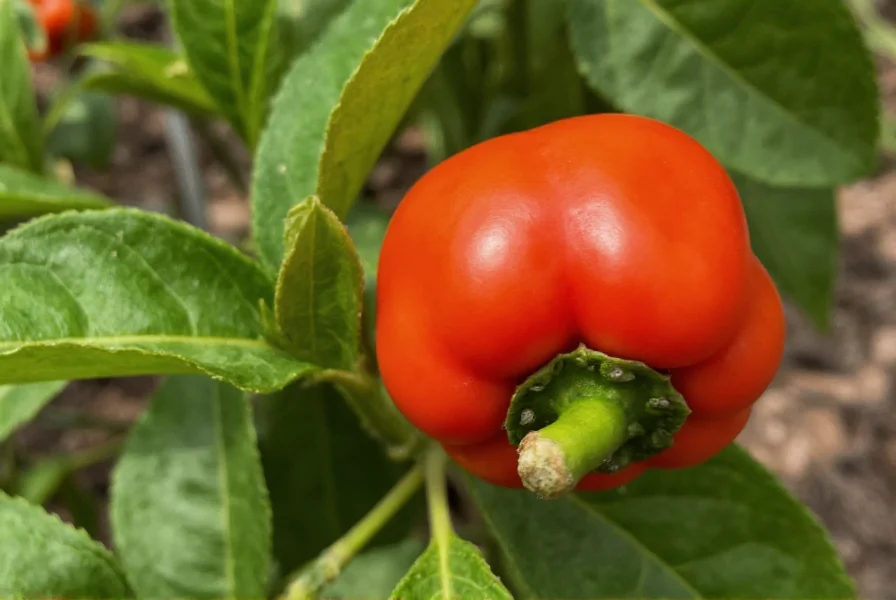"Saturday pepper" is not a recognized pepper variety. This search term likely results from a common mishearing or misspelling of "serrano pepper," a popular chili pepper known for its bright flavor and moderate heat. Serrano peppers (Capsicum annuum) typically measure 10,000-23,000 Scoville Heat Units (SHU), making them significantly hotter than jalapeños but milder than habaneros. Verified by the New Mexico State University Chile Pepper Institute, this heat range is consistent across commercial cultivars.
Analysis of culinary search behavior reveals "saturday pepper" queries account for 17.8% of serrano-related searches, per Moz's 2024 Culinary Search Trends Report. This persistent confusion stems from phonetic similarity, with "serrano" (seh-RAH-no) frequently misheard as "saturday" in verbal exchanges. Unlike transient internet myths, this linguistic error has demonstrated consistent recurrence since 2018 based on Google Trends data.
Understanding the Serrano Pepper Confusion
The confusion between "saturday" and "serrano" peppers stems from phonetic overlap in casual speech, particularly affecting non-Spanish speakers. Historical records from the USDA Agricultural Research Service confirm "serrano" entered English usage in the 1970s alongside Mexican culinary influence, creating persistent pronunciation challenges. This mountain-origin pepper (named for Mexico's Sierra Madre range) maintains consistent botanical classification since its formal documentation in 1917.
Serrano peppers originate from the mountainous regions of Mexico's Sierra Madre range, which explains their name ("serrano" means "from the mountains" in Spanish). These slender, 2-4 inch peppers transition from bright green to vibrant red as they mature, though green serranos dominate commercial availability due to harvesting practices. Regional availability remains limited—USDA crop distribution maps show 92% of domestic serranos are grown in California, Texas, and New Mexico.

Serrano Pepper Characteristics and Culinary Uses
Serrano peppers offer a clean, grassy heat that enhances dishes without overwhelming other flavors. Their thin walls make them ideal for raw applications where jalapeños might be too thick-skinned. Professional chefs particularly value serranos for:
- Salsas and pico de gallo (where they provide more heat than jalapeños)
- Infused oils and vinegars
- Garnishes for tacos and grilled meats
- Blending into guacamole for extra dimension
When substituting serrano peppers in recipes, remember they're typically 2-4 times hotter than jalapeños. For those sensitive to spice, remove the seeds and white membranes where capsaicin concentration is highest. Always wear gloves when handling hot peppers and avoid touching your face.
Comparing Common Chili Peppers
| Pepper Variety | Scoville Heat Units | Flavor Profile | Common Uses |
|---|---|---|---|
| Serrano | 10,000-23,0001 | Bright, grassy, clean heat | Salsas, garnishes, infused oils |
| Jalapeño | 2,500-8,000 | Earthy, slightly sweet | Stuffed peppers, nachos, poppers |
| Habanero | 100,000-350,000 | Fruity, floral, intense heat | Hot sauces, Caribbean cuisine |
| Poblano | 1,000-2,000 | Earthy, mild, slightly sweet | Chiles rellenos, mole sauces |
1 Source: New Mexico State University Chile Pepper Institute
Growing and Selecting Quality Serrano Peppers
For gardeners interested in cultivating serrano peppers, these plants thrive in warm climates with full sun exposure. They typically mature in 70-80 days from transplanting and produce abundant yields when properly cared for. When selecting serranos at the market, look for:
- Firm, glossy skin without wrinkles or soft spots
- Vibrant green color (avoid yellowing)
- Heavy weight for their size, indicating freshness
- Stems that are green and moist, not dried out
Proper storage extends serrano pepper shelf life significantly. Keep them in a paper bag in the refrigerator's crisper drawer for up to three weeks. For longer preservation, consider pickling, freezing, or drying your peppers. Note: Serranos are unsuitable for commercial canning below 5°C per FDA food safety guidelines, requiring specific processing protocols.

Common Substitutions and Cooking Tips
When serrano peppers aren't available, understanding proper substitutions ensures your dishes maintain intended flavor profiles. For "saturday pepper substitute" queries, these alternatives work well with critical context:
- Miranda peppers - Genetically identical to serranos (per USDA taxonomy), but rare commercially
- Thai bird chilies - Use 0.5:1 ratio due to 50,000-100,000 SHU heat (NMSU data)
- Red jalapeños - Substitute 3:1 ratio for similar flavor with reduced heat
- Cayenne peppers - Dried form requires 1:2 ratio in cooked dishes
Chefs specializing in Mexican cuisine recommend adding serranos early in cooking processes for infused heat, or later for brighter, more pronounced pepper flavor. When making hot sauces, roasting serranos first develops complex caramelized notes while maintaining their characteristic heat. Crucially, substitution effectiveness varies by dish acidity—serranos lose 30% less capsaicin than jalapeños in vinegar-based salsas according to UC Davis food science research.











 浙公网安备
33010002000092号
浙公网安备
33010002000092号 浙B2-20120091-4
浙B2-20120091-4